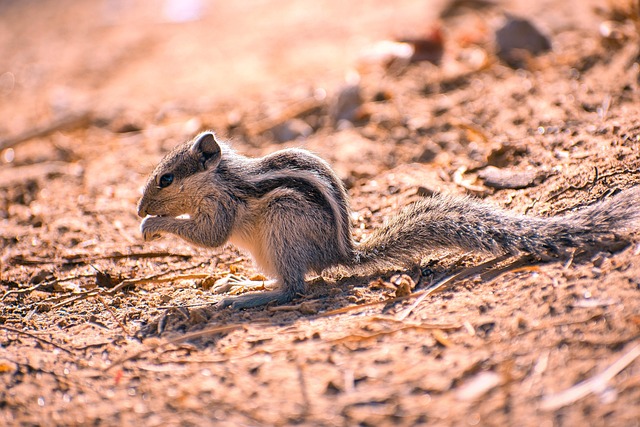The Unseen Architects Below: How Soil-Dwelling Animals Fight Desertification Amidst Climate Change
Look out across an arid landscape. It might seem barren, silent, defined by sand, rock, and harsh sunlight. This is the face of potential desertification, a creeping threat where fertile land turns to desert, exacerbated by a changing climate. It’s a stark, often overwhelming picture. But what if we told you that beneath that seemingly lifeless surface, an incredible world thrives, a miniature civilization working tirelessly to push back against this very fate?
This unseen world belongs to the soil-dwelling animals. From the humble earthworm in less arid zones extending into fringes of desert, to the ants, termites, beetles, and countless other invertebrates that call the soil home, these creatures are the unsung heroes of the underground. They burrow, they feed, they decompose, and in doing so, they perform vital ecological services that are absolutely critical for maintaining the health and resilience of the soil above.
Think of them as tiny engineers. Their constant movement through the soil creates tunnels and pores, improving aeration and allowing water to penetrate rather than run off – a crucial process in dry environments. As they consume organic matter, they break it down, recycling nutrients and enriching the soil. Their waste products add structure and fertility. This ‘living soil’ is more stable, less prone to wind and water erosion, and far better equipped to support plant life.
This healthy, biodiverse soil acts as a natural buffer against desertification. It holds moisture better, supports vegetation growth that stabilizes the surface, and creates a feedback loop where plants provide organic matter for the soil inhabitants, further improving conditions.
Now, introduce climate change into the picture. Rising global temperatures lead to more frequent and intense droughts, altered rainfall patterns, and increased evaporation. These changes put immense stress on fragile ecosystems, accelerating the process of desertification. The land becomes drier, more susceptible to erosion, and harder for plants to survive on.
This is where the quiet work of soil-dwelling animals becomes even more critical. In a changing climate, their ability to enhance water infiltration and nutrient cycling, and maintain soil structure, provides a vital layer of resilience. They help the soil retain its ability to support life even under increased stress. They are, in essence, helping the land adapt and resist the drying, degrading forces unleashed by climate change.
However, these subterranean communities are not immune to climate change themselves. Extreme temperatures, prolonged lack of moisture, and changes in vegetation that affect their food sources can threaten their populations. If these vital soil engineers disappear or their numbers dwindle, the soil loses a key ally in the fight against desertification, becoming even more vulnerable.
Understanding and protecting these hidden inhabitants is therefore not just about biodiversity; it’s about safeguarding a fundamental mechanism that helps land survive and thrive in the face of environmental challenges. The battle against desertification and climate change isn’t just fought on the surface; much of the most crucial work is happening silently, tirelessly, deep below our feet.


